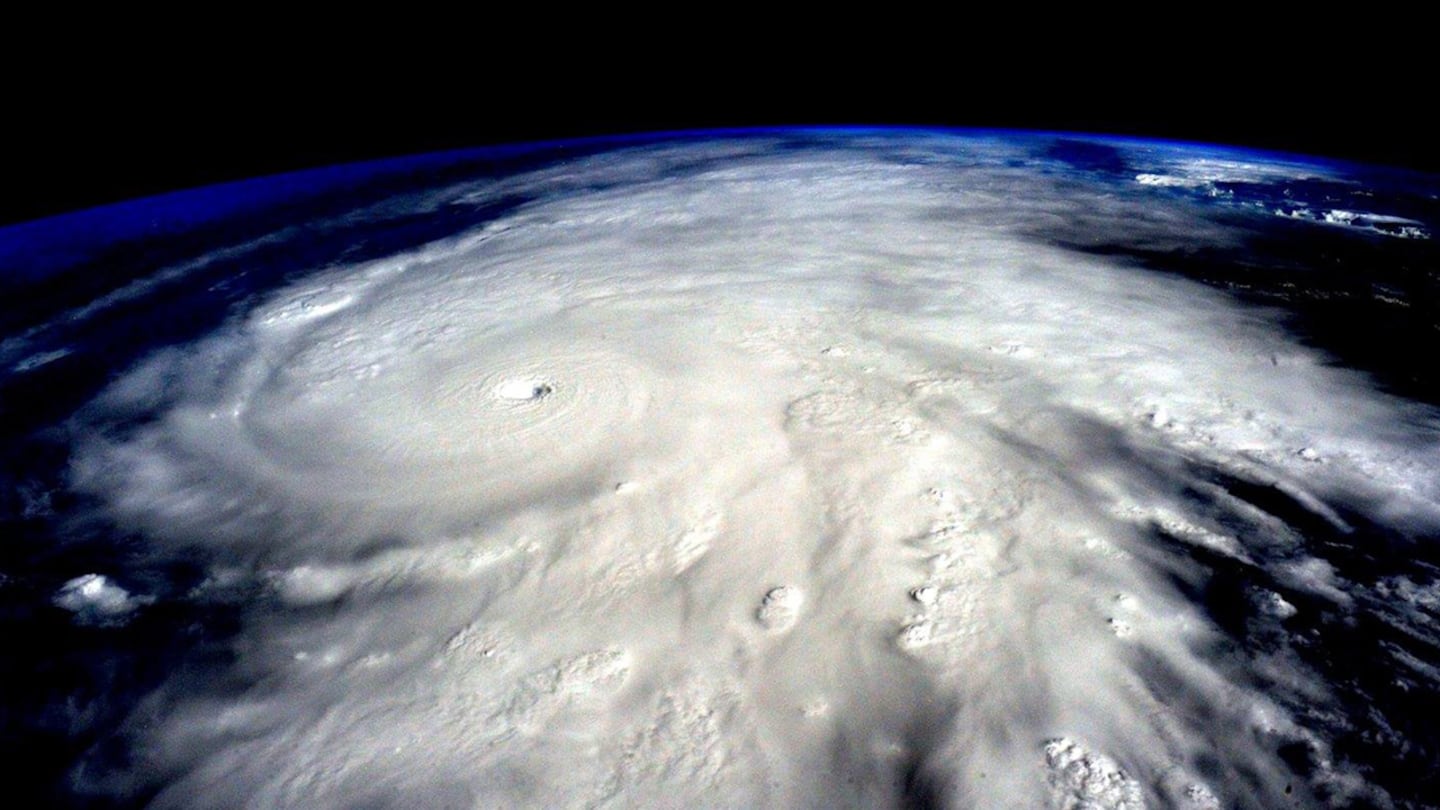ATLANTA — Hurricane season runs from June 1 to Nov. 30, and each season provides the potential of any named storm to affect north Georgia.
“The term hurricane is used only for the large storms that form over the Atlantic Ocean or eastern Pacific Ocean,” according to the National Oceanic and Atmospheric Administration.
The conditions have to be just right for any type of tropical storm to form.
[WATCH: Behind-the-scenes look at local teams preparing for hurricane season]
Across the planet, hurricanes generally form near the equator, where the ocean water is the warmest.
First, the sun evaporates water from the ocean which generates clouds. As more water evaporates, the storm becomes larger.
Another element that gets mixed into the formation of a tropical storm is that the ocean surface temperature has to be at least 80.
“You also need to have a center of circulation at the surface,” said Severe Weather Team 2’s Katie Walls. “When you have all those ingredients, that’s when we get a tropical depression.”
Tropical depressions do not become named, but they are the first indication that the storm is strengthening.
[DOWNLOAD: Stay up-to-date with all severe weather with Severe Weather Team 2 App]
A tropical depression means the circulation has winds of less than 38 mph.
One that circulation reaches 39 mph, that is when it officially becomes a tropical storm and becomes a named storm.
Tropical storms have circulating winds between 39-73 mph.
[WATCH: What you need to know if your home is damaged by a hurricane]
“Even if you have a depression or a tropical storm, yes, the winds might not be that impressive, but you could have feet and feet of rainfall,” Walls said.
Once the winds hit 74 mph, the storm officially becomes a hurricane.
Hurricanes have five categories, each one defined by the storm’s wind speed:
- Category 1: 74-95 mph
- Category 2: 96-110 mph
- Category 3: 111-129 mph
- Category 4: 130-156 mph
- Category 5: 157 mph or faster
Any tropical storm will weaken when it hits land because it no longer has energy from the warm ocean to fuel it.
However, the storms will often move far inland, causing wind damage and dumping several inches of rain in its path.
Cox Media Group





